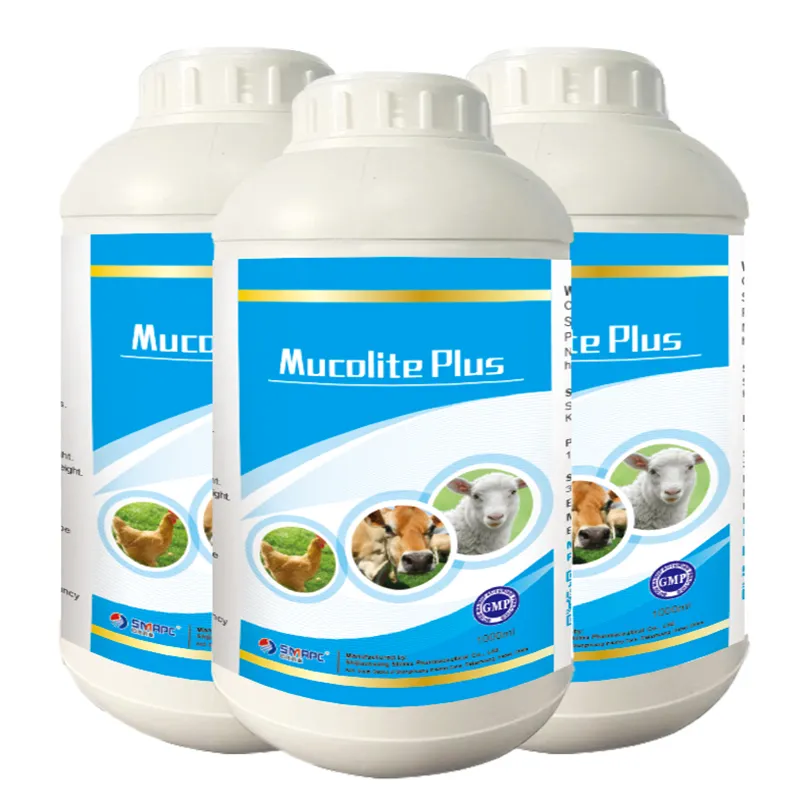When selecting a multivitamin for your puppy, it’s essential to choose a product specifically tailored for canines, as human vitamins may not be safe or effective for dogs. Look for high-quality brands that use natural ingredients, and consult with your veterinarian to find the right supplement that suits your puppy's needs.


